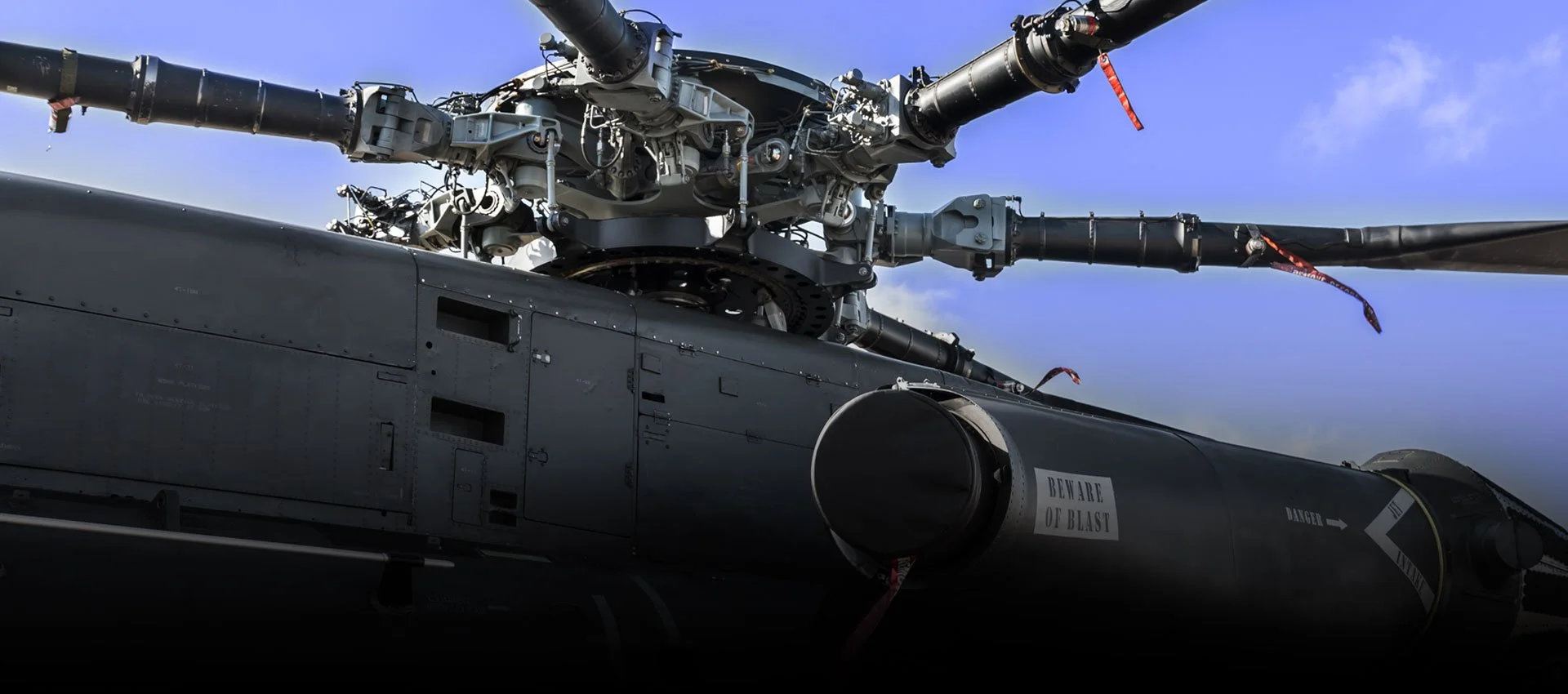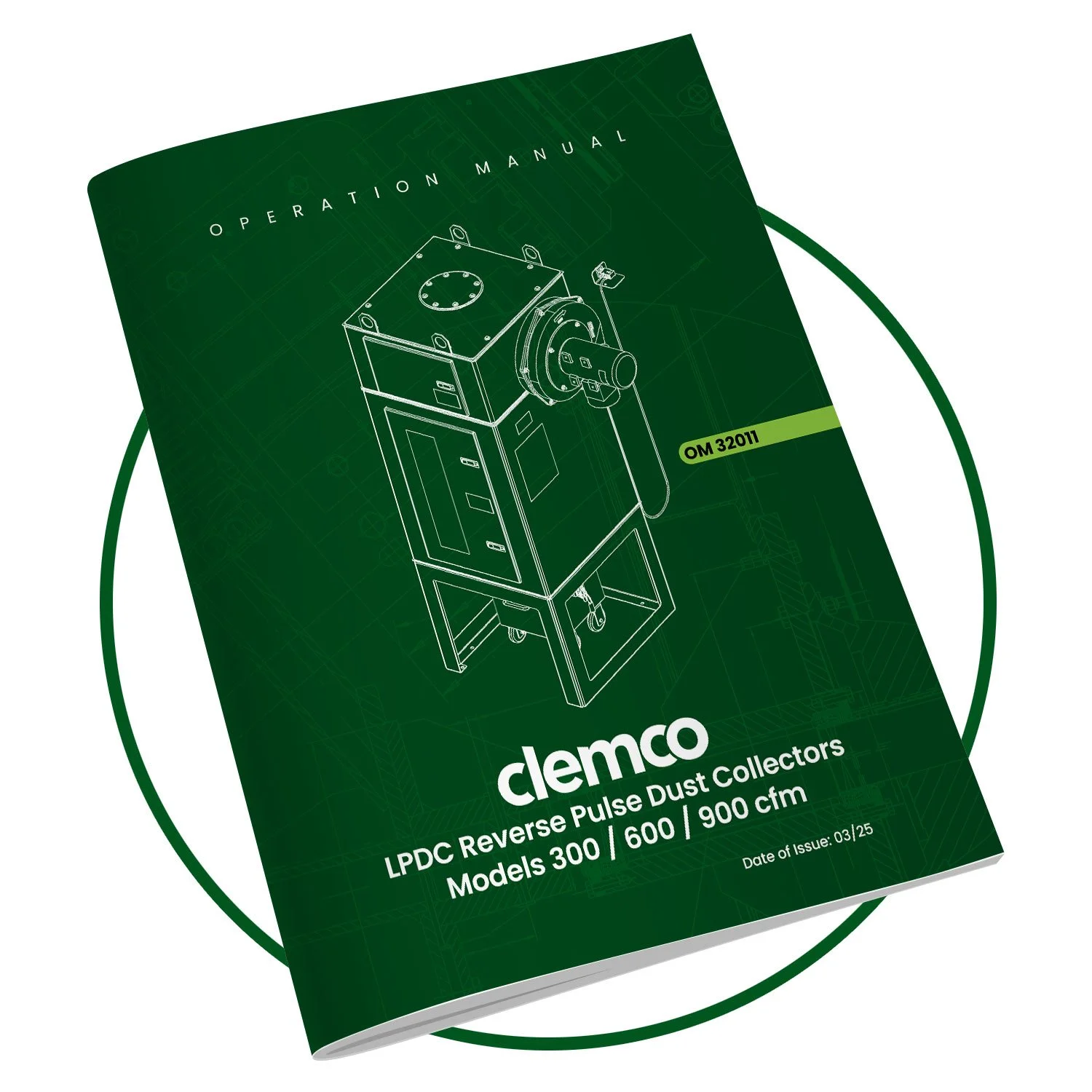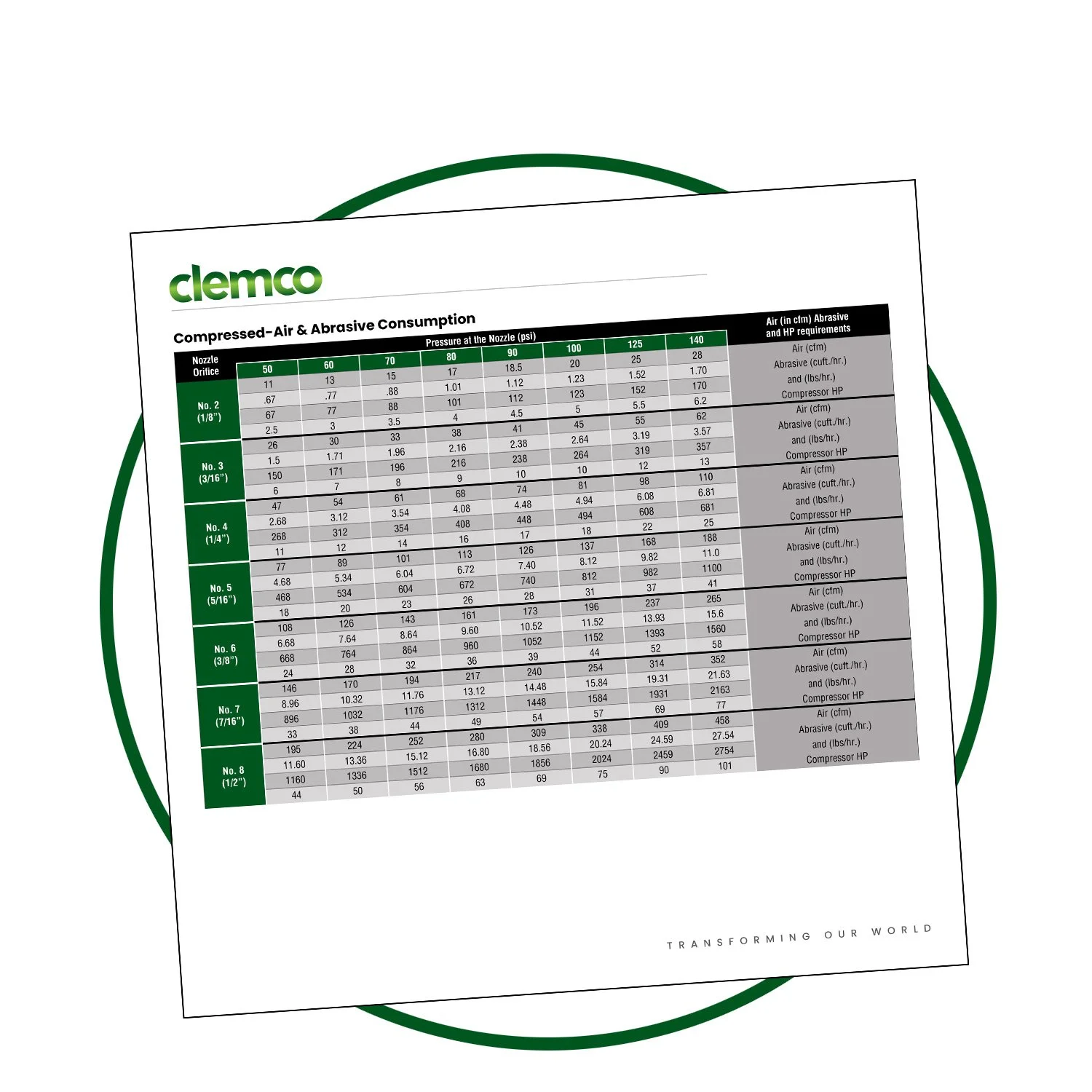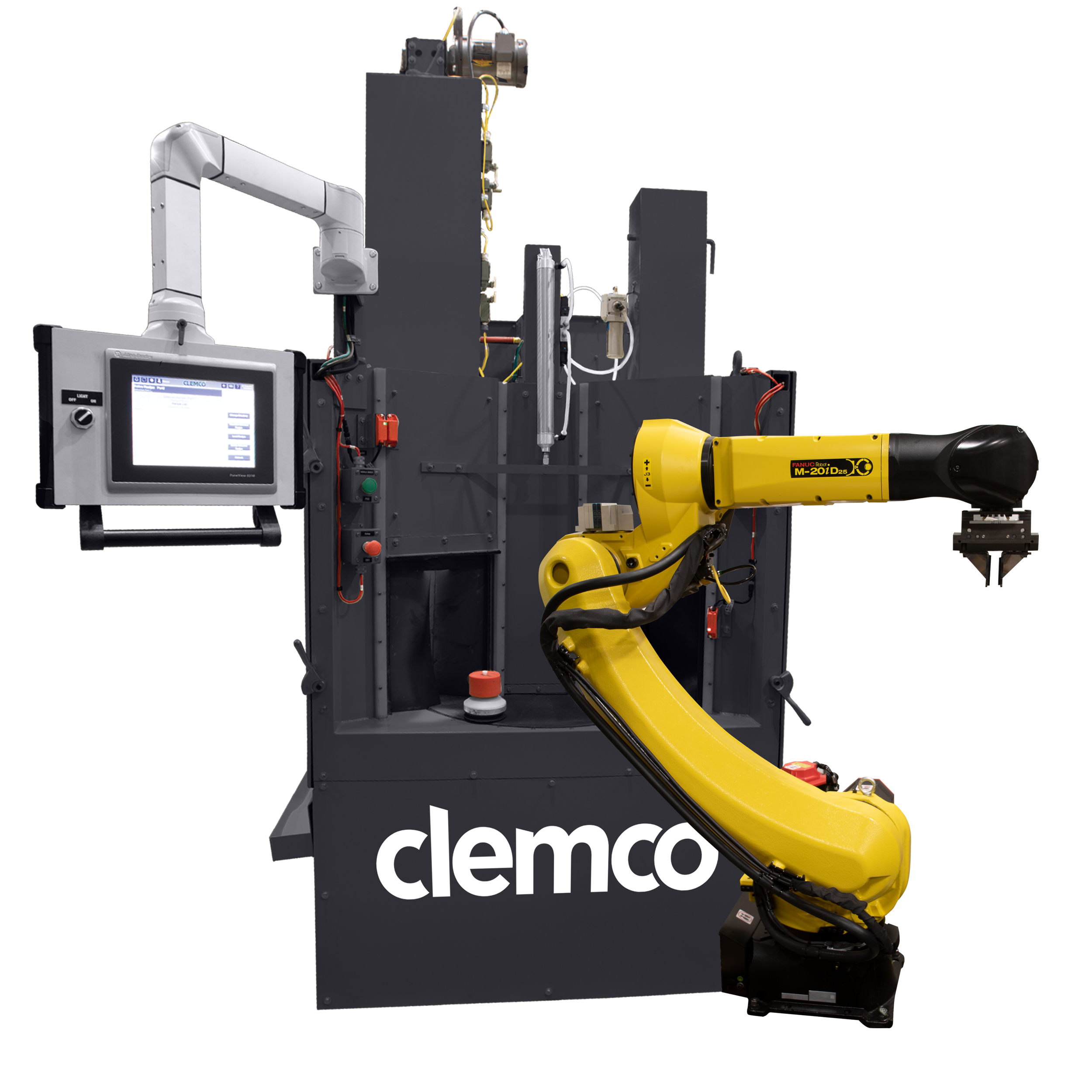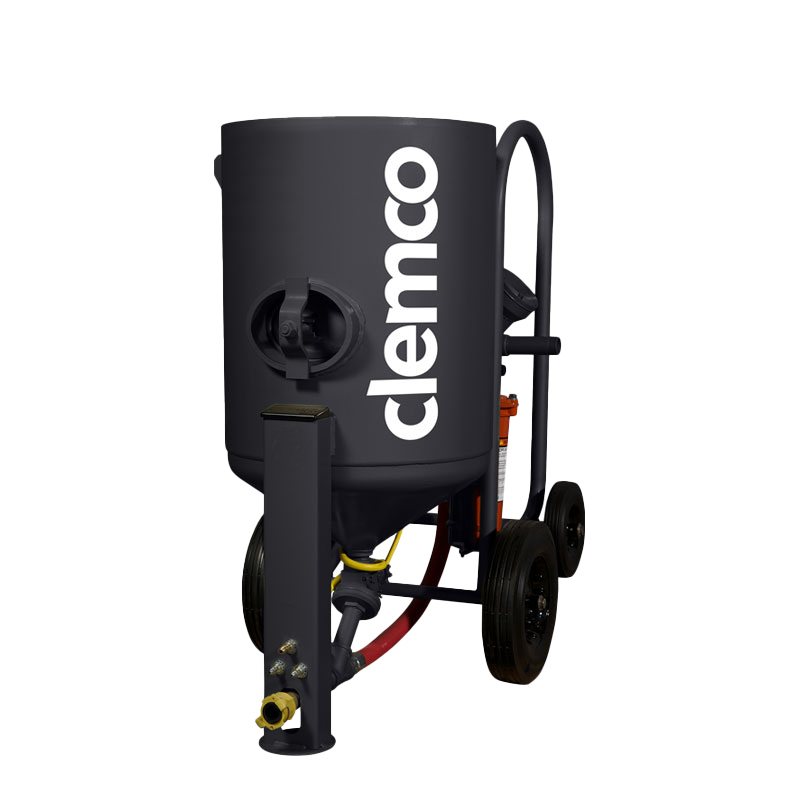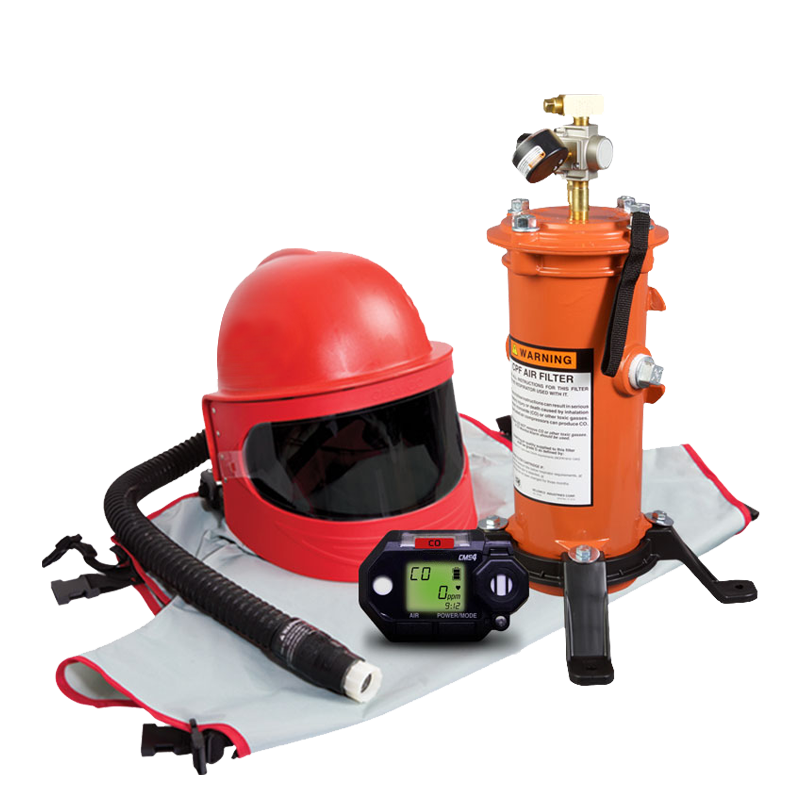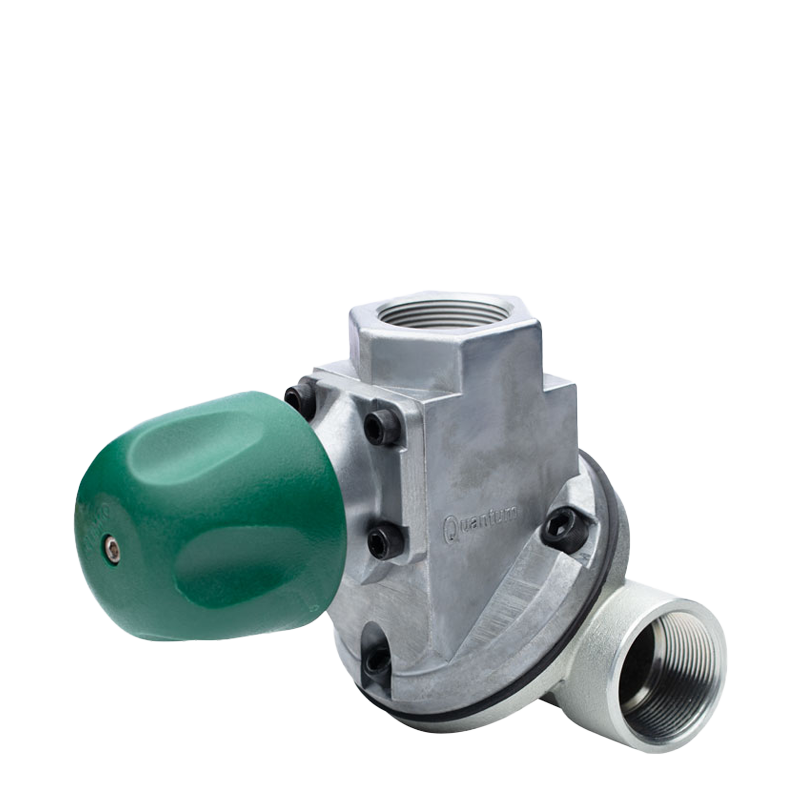
Manuals | Catalog | Videos | Charts | Blast Off
Need Some Help?
To provide you the best possible service, Clemco offers a global network of Intercompanies and authorized distributors. To get started, please use our form to send your email directly to our headquarters in Washington, Missouri.
customerservice@clemcoindustries.com
(636) 239-4300
One Cablecar Drive
Washington MO 63090
Proven Performance. Rugged Reliability.
Generations of Excellence Transforming Our World, Worldwide since 1949
•
Generations of Excellence Transforming Our World, Worldwide since 1949
•
Generations of Excellence Transforming Our World, Worldwide since 1949 of excellence transforming our world, worldwide since 1949
•
Generations of Excellence Transforming Our World, Worldwide since 1949 • Generations of Excellence Transforming Our World, Worldwide since 1949 • Generations of Excellence Transforming Our World, Worldwide since 1949 of excellence transforming our world, worldwide since 1949 •
